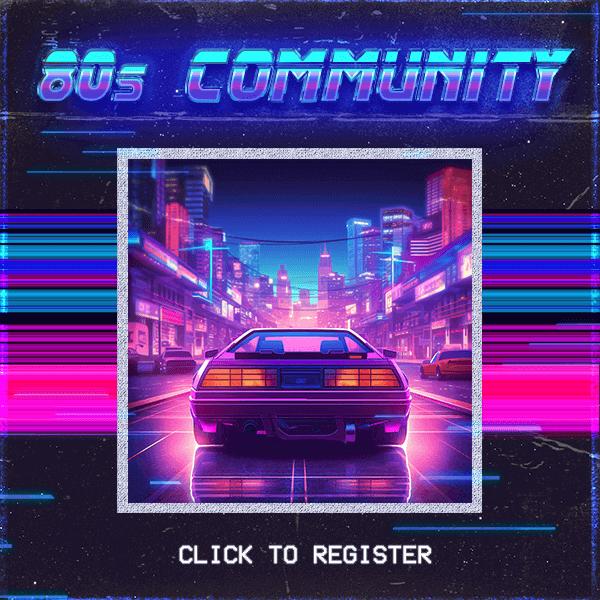
On this day July 30 1989, the final episode of The Jim Henson Hour aired on NBC, bringing an end to one of the most imaginative and ambitious television projects of the decade. Created and hosted by Jim Henson himself, the series was designed as a variety hour that blended cutting edge puppetry, fantasy storytelling, behind the scenes documentary footage, and musical performances.
Each episode of The Jim Henson Hour was divided into two parts. The first half featured MuppeTelevision, a modern take on The Muppet Show that included new characters like Digit and Clifford alongside appearances by classic Muppets such as Kermit the Frog. The second half often presented standalone fantasy tales such as the acclaimed “The Storyteller,” or experimental specials like “Dog City” and “Lighthouse Island.” The show was visually rich and pushed the boundaries of what family programming could look like in the late 1980s.
Despite critical praise for its creativity and technical innovation, the show struggled to find a steady audience and was canceled after just 12 episodes. Even so, The Jim Henson Hour left a lasting mark for its bold structure, ambitious themes, and continued evolution of Henson’s artistry. It remains a fascinating chapter in the legacy of one of the most influential figures in children’s television and fantasy storytelling.
80s insight: The Jim Henson Hour showed how the 80s allowed artists to experiment on network TV, even if mainstream audiences weren’t always ready for something ahead of its time.
Each episode of The Jim Henson Hour was divided into two parts. The first half featured MuppeTelevision, a modern take on The Muppet Show that included new characters like Digit and Clifford alongside appearances by classic Muppets such as Kermit the Frog. The second half often presented standalone fantasy tales such as the acclaimed “The Storyteller,” or experimental specials like “Dog City” and “Lighthouse Island.” The show was visually rich and pushed the boundaries of what family programming could look like in the late 1980s.
Despite critical praise for its creativity and technical innovation, the show struggled to find a steady audience and was canceled after just 12 episodes. Even so, The Jim Henson Hour left a lasting mark for its bold structure, ambitious themes, and continued evolution of Henson’s artistry. It remains a fascinating chapter in the legacy of one of the most influential figures in children’s television and fantasy storytelling.
80s insight: The Jim Henson Hour showed how the 80s allowed artists to experiment on network TV, even if mainstream audiences weren’t always ready for something ahead of its time.















